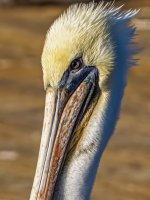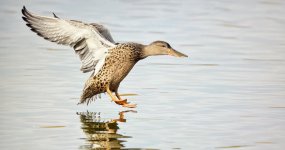The excellent cameras on these dad blasted cell phones we all have are more than adequate for everything I used to use a Kodak for as a kid.
They’ve about killed off cheap digital cameras.
But I think there’s still a place for traditional interchangeable lens cameras for photographing wildlife.
I own several cameras, but recently I’ve discovered that a $170 used Canon 70-300 f4-5.6 IS USM and my used $400 Canon 7D Mark II is capable of some great wildlife photos at our local park.
View attachment 223841View attachment 223842View attachment 223843
View attachment 223844
My 7D II has an autofocus system so capable I’ve been reading a couple of books figuring how to set it up.
But it works well enough as it comes out of the box.
I’m surely not the only one on here that takes photos of critters.
Let’s see yours!
They’ve about killed off cheap digital cameras.
But I think there’s still a place for traditional interchangeable lens cameras for photographing wildlife.
I own several cameras, but recently I’ve discovered that a $170 used Canon 70-300 f4-5.6 IS USM and my used $400 Canon 7D Mark II is capable of some great wildlife photos at our local park.
View attachment 223841View attachment 223842View attachment 223843
View attachment 223844
My 7D II has an autofocus system so capable I’ve been reading a couple of books figuring how to set it up.
But it works well enough as it comes out of the box.
I’m surely not the only one on here that takes photos of critters.
Let’s see yours!






















